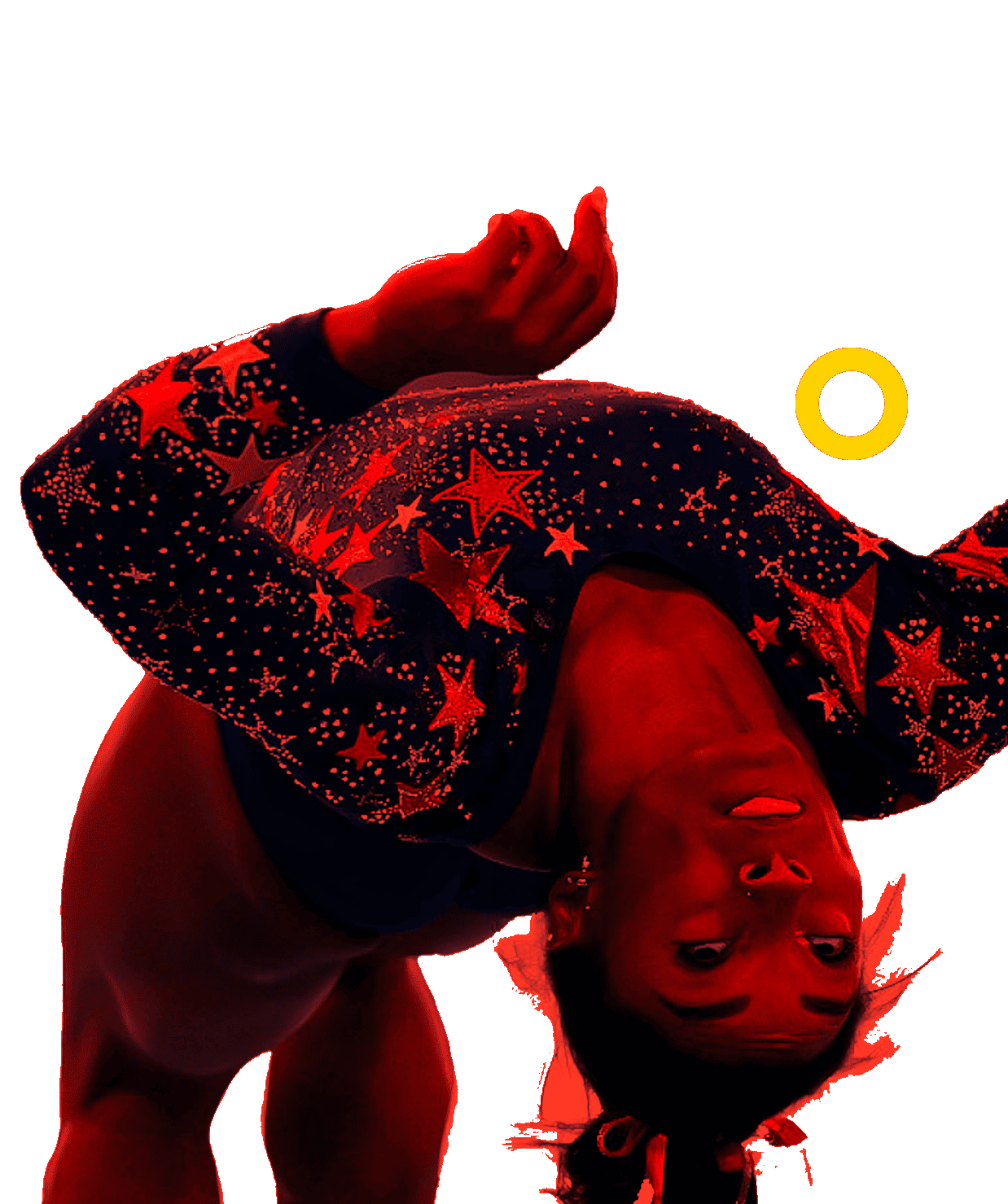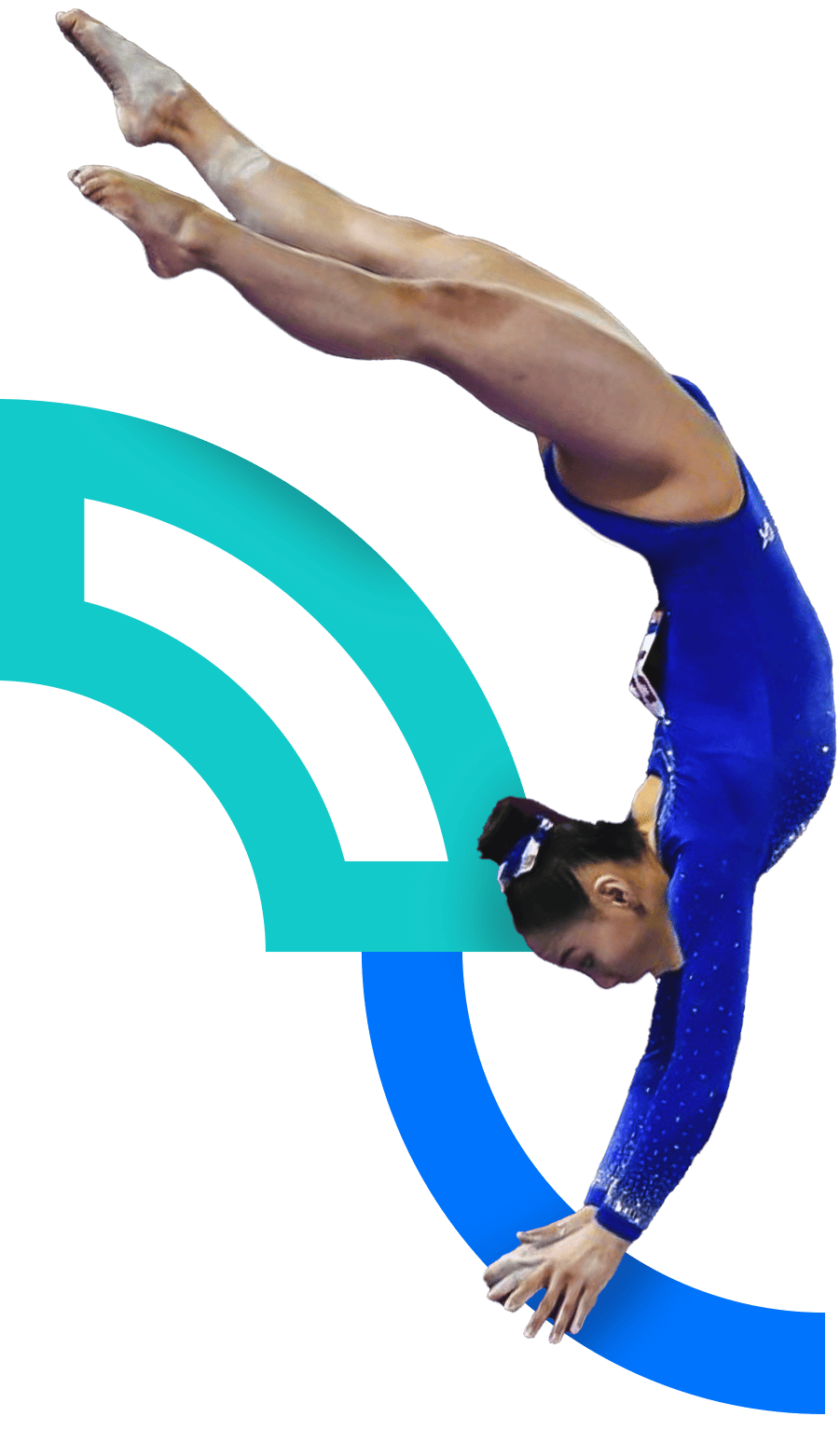FEMALE ARTISTIC
GYMNASTIC Female Artistic Gymnastics combines speed, strength, coordination and elegance. All these artistic and acrobatic skills are achieved thanks to an emphasis on technique.It is a specialty that is performed in four device: vault, uneven bars, balance beam and floor. The female competition offers a highly technical and with great plasticity exhibition, requiring a great physical and mental preparation. In #Santiago2023 this sport will offer quota places for the next Paris 2024 Olympic Games.







